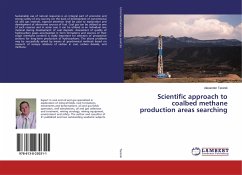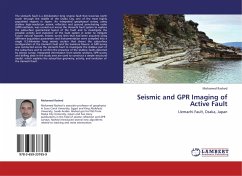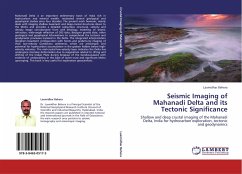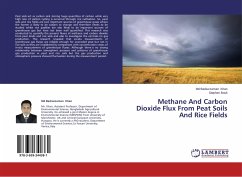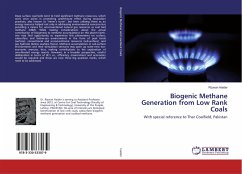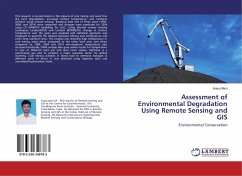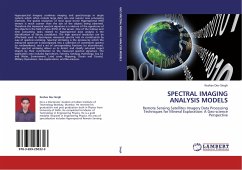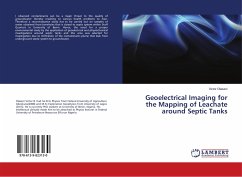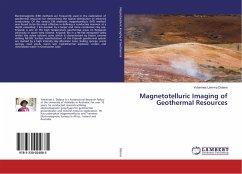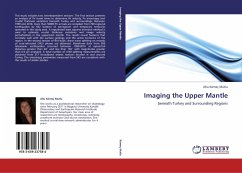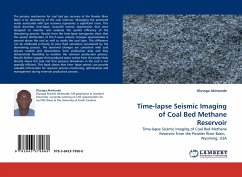
Time-lapse Seismic Imaging of Coal Bed Methane Reservoir
Time-lapse Seismic Imaging of Coal Bed Methane Reservoir from the Powder River Basin, Wyoming, USA
Versandkostenfrei!
Versandfertig in 6-10 Tagen
32,99 €
inkl. MwSt.

PAYBACK Punkte
16 °P sammeln!
The primary mechanism for coal bed gas recovery at the Powder River Basin is by dewatering of the coal reservoir. Managing the produced water associated with gas recovery represents a significant issue. This book describes time-lapse crosswell seismic experiments that were designed to monitor and evaluate the spatial efficiency of the dewatering process. Results from the time-lapse tomograms show that the spatial distribution of the P-wave velocity changes approximates 6 percent above the coal as well as inside the coal layer. This difference can be attributed primarily to pore fluid saturatio...
The primary mechanism for coal bed gas recovery at the Powder River Basin is by dewatering of the coal reservoir. Managing the produced water associated with gas recovery represents a significant issue. This book describes time-lapse crosswell seismic experiments that were designed to monitor and evaluate the spatial efficiency of the dewatering process. Results from the time-lapse tomograms show that the spatial distribution of the P-wave velocity changes approximates 6 percent above the coal as well as inside the coal layer. This difference can be attributed primarily to pore fluid saturation occasioned by the dewatering process. The observed changes are consistent with coal physics models and observations from production data and they demonstrate feasibility to monitor the reservoir production process. Results further suggest that produced water comes from the sandy-shale directly above the coal and that pressure drawdown in the coal is not spatially efficient. This book showsthat time- lapse seismic can provide valuable information for reservoir process monitoring, optimization and management during reservoir production process.



